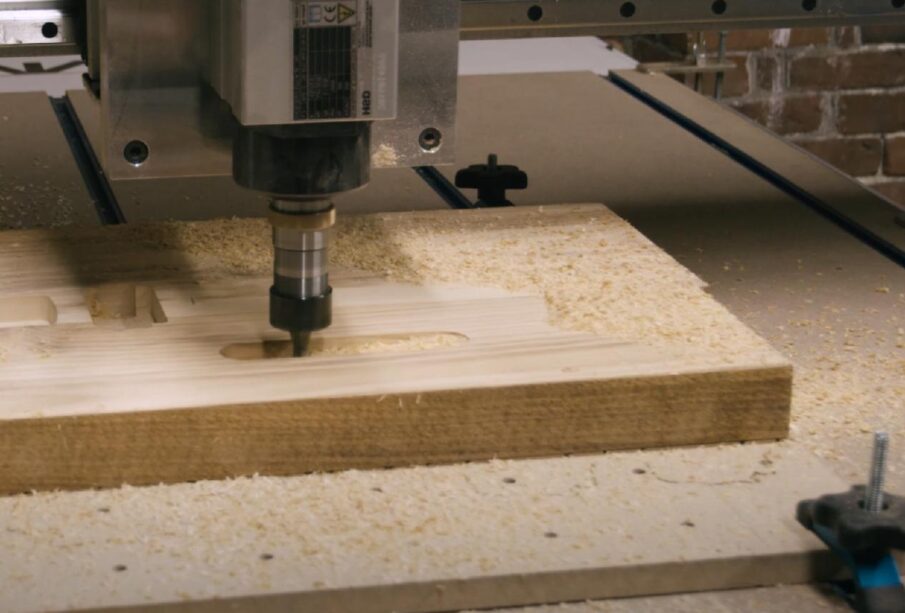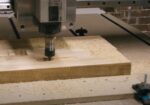Which Material is Most Cost-Effective for CNC Routing Wood, Aluminum, MDF or Foam

Choosing the appropriate material for CNC routing is essential to assessing a project’s cost-effectiveness. Wood, aluminum, MDF, and foam are popular materials, but each offers distinct advantages and challenges in terms of pricing, machining time, and application.
In this article, we’ll compare these materials to help you identify the most cost-effective option for your CNC routing needs.
Wood
Wood has long been a favored material in CNC routing, especially for industries like furniture, architecture, and custom design. The affordability of wood, particularly common types like plywood or hardwood, makes it attractive for budget-conscious projects. Wood’s versatility allows for intricate designs, and it is relatively easy to machine with CNC routers.
Nevertheless, even though wood is typically less expensive, the price can change depending on the kind. High-end hardwoods can be pricier, but softwoods or plywood remain budget-friendly. Additionally, wood may require more post-processing, such as sanding and finishing, which could slightly raise overall project costs.
Aluminum
Aluminum is renowned for its resilience to corrosion, strength, and durability. It is perfect for sectors including electronics, automotive, and aerospace because of these qualities. However, aluminum is one of the more expensive materials for CNC routing, both in terms of material cost and machining time. CNC routers require specialized tools and slower cutting speeds to process aluminum effectively.
While the initial investment in aluminum is higher, the material’s longevity and durability may offset the cost over time. For projects where strength and durability are essential, aluminum can be a cost-effective choice in the long run, but for projects focused purely on upfront costs, it may not be the best option.
MDF
Medium-Density Fiberboard (MDF) is a popular choice for CNC routing due to its low cost and ease of machining. MDF is widely used in furniture production, cabinetry, and signage, offering an excellent balance between affordability and workability. It’s easy to cut, shape, and engrave with CNC routers, making it an efficient material for large projects with tight budgets.
MDF is inexpensive, however its resilience to moisture and durability is limited. This material may be prone to chipping and may not be appropriate for outdoor or long-term durability projects. If durability isn’t a primary concern, MDF stands out as one of the most cost-effective materials for CNC routing.
Foam
Foam is another affordable material widely used in CNC routing, particularly in prototyping, packaging, and signage. Its lightweight nature and ease of cutting make it one of the fastest materials to machine, reducing production time and overall costs. Foam is ideal for projects that need fast turnaround and don’t require the strength of materials like wood or aluminum.
However, foam is not suitable for heavy-duty applications, as it lacks the structural integrity of other materials. Its low durability limits its use to specific industries, and its cost-effectiveness depends on the project’s requirements. For prototyping or low-stress applications, foam is an excellent choice for quick and cost-efficient routing.
Which Material is the Most Cost-Effective?
When determining the most cost-effective material for CNC routing, it’s essential to consider the nature of the project, the desired durability, and the budget:
- For high-end, durable projects, aluminum may justify its higher cost with its strength and longevity.
- For budget-conscious projects requiring versatility, wood remains a solid choice, though the type of wood can significantly impact cost.
- For low-cost, large-scale projects, MDF offers the best value, as long as durability isn’t a concern.
- For rapid prototyping or lightweight needs, foam delivers the lowest cost and fastest machining times, but it may not provide the necessary durability for more demanding projects.













